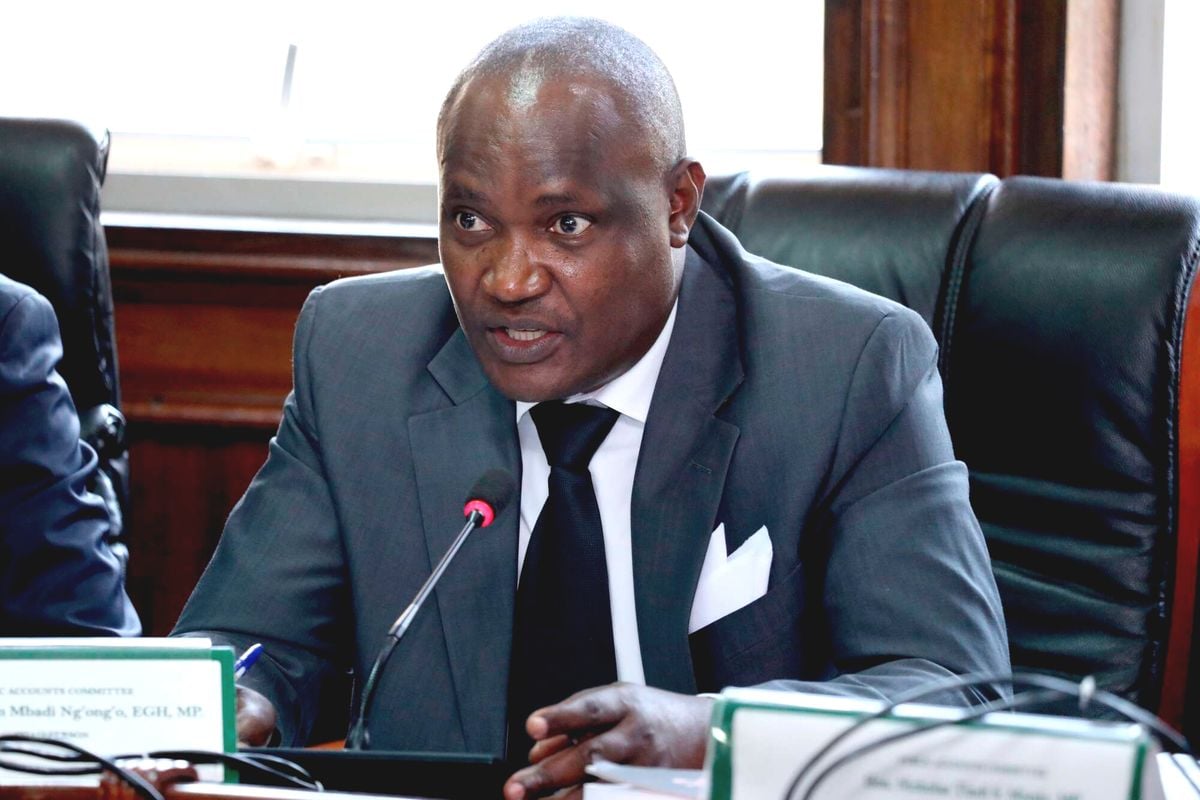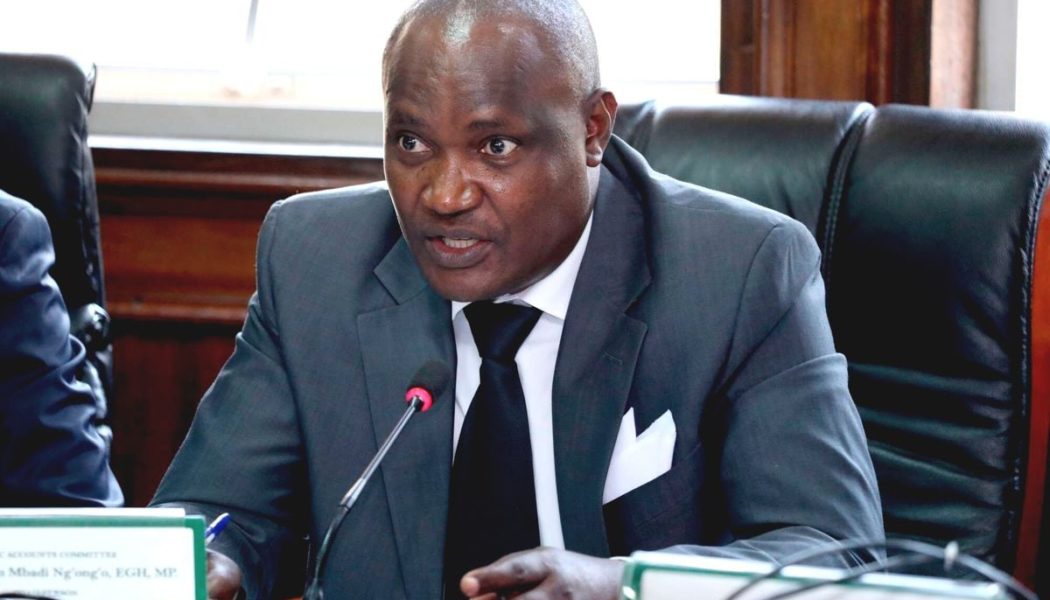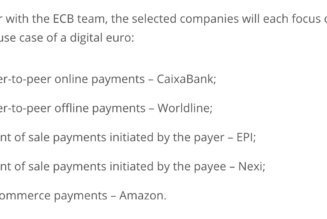
President William Ruto’s government’s development spending has fallen below the legal limit for the second consecutive year since he took office, the National Treasury has revealed, slowing economic opportunities such as public sector job creation.
New budget documents from Treasury Cabinet Secretary John Mbadi show that development projects accounted for a quarter of total national government expenditure in the financial year ending June 2024 – below the requirements of the Public Finance Management (PFM) Act.
The PFM Act requires national and county governments to allocate at least 30 percent of their respective budgets to development projects in the medium term (about three to five years).
“The actual development spending for the National Government was 25.1 percent, falling short of the principles outlined in the PFM Act Cap. [Chapter] 412. However, the forecast had initially projected it to exceed 30 percent,” Mr Mbadi’s office wrote in the draft 2024 Budget Review and Outlook Paper (BROP).
“This discrepancy was a result of spending rationalisation in the course of budget implementation.”
The breach in development spending for the year to June 2024 was wider than the 27.9 percent recorded in the previous period ending June 2023 — making it the second consecutive year of spending cuts on development projects, as President Ruto has restructured spending programmes since coming to power in September 2022.
The wider breach of the Public Finance Act in the fiscal year 2023/24, the first in as many years, came despite double-digit (10.67 percent) growth in spending on development projects to Sh546.4 billion in the year under review.
This was the first growth since the 2019/20 fiscal year when development spending peaked at Sh608.08 billion.
However, the increase was less than the cost of debt servicing, which rose by about 37.7 percent to almost Sh1.6 trillion, while operations and maintenance spending increased by 21.24 percent to Sh1.05 trillion.
The cost of debt repayments has become the single largest expenditure, underlining the impact of commercial loans contracted in the last decade to put up much-needed roads, bridges, power plants, and a modern railway line.
Economists say that reduced spending on development projects such as roads, water, power plants, housing, and electricity transmission lines slows down economic activities, hurting the creation of new jobs and government revenue, largely taxes.
Cement makers, steel manufacturers, contractors, and the thousands of workers employed in the infrastructure pipeline benefit from public spending and usually feel the pinch of a drop in public expenditure on development.
The Treasury says the cash spent on development projects in the year ended June 2024 was ShSh114.4 billion short of the Sh668.2 billion target.
“This was on account of lower than programmed absorption of domestically financed programmes and execution of externally funded programmes by Sh30.9 billion and Sh3.4 billion, respectively,” the draft BROP document says.
Development projects have been the main casualties of budget cuts as the Ruto administration seeks to realign spending through supplementary budgets to fund unapproved programmes amid perennial revenue shortfalls.
The budget for development projects, for instance, was slashed by Sh122.4 billion after deadly youth-led anti-government protests rocked the government, prompting Dr Ruto to drop a plan for new and higher taxes and sack about half of his cabinet.
“The committee noted that the reduction in development expenditure has been consistent over the last three years. Indeed, development expenditure as a share of GDP reduced from an annual average of 6.3 percent between 2010 and 2020 to 3.2 percent in the financial year 2024/25 revised estimates,” the Budget and Appropriations Committee of the National Assembly wrote in a report tabled in the House on July 23.
“The Sh122.4 billion expected reduction in development expenditure is targeted at projects that are financed through the exchequer. The committee noted that this is a departure from previous years, where fiscal consolidation mainly amounted to the postponement of donor-financed development projects.”
Road and energy infrastructure arguably gobbled up the lion’s share of the budget under former President Uhuru Kenyatta’s administration, but this came at the cost of a debt burden on the taxpayer, largely through loans contracted from China.
This drew criticism from Dr Ruto’s top supporters in the run-up to the August 2022 presidential election, with current Prime Cabinet Secretary Musalia Mudavadi reportedly declaring that “Kenyans don’t eat roads”.
Mr Kenyatta said in his last speech during national celebrations that his government had built more than 11,000 kilometres of tarmac roads since taking power in April 2013, claiming the additional network was nearly six times the kilometres built by his three predecessors since independence.
“The naysayers said that we should not invest so heavily in infrastructure because people don’t eat roads and floating bridges,” Mr Kenyatta said on June 1, 2022. “I refused their pessimism because I know what a new road means to the farmer who has for decades been unable to get their produce quickly to the market.”









